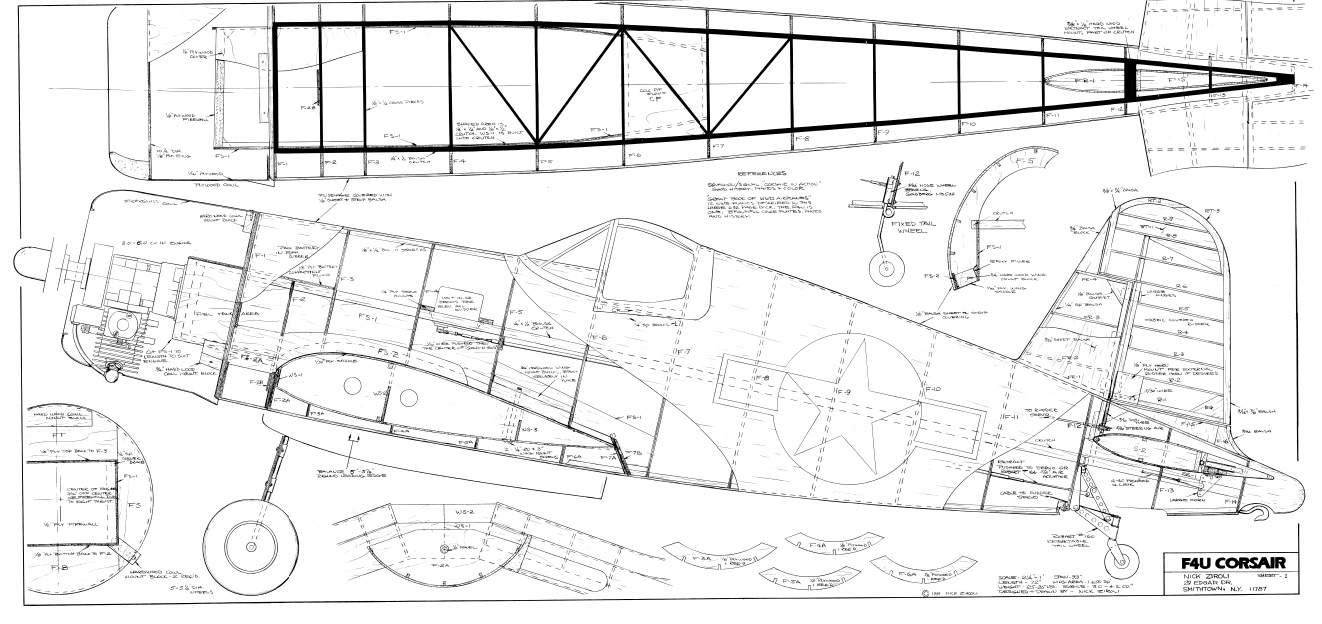
Instead, the Corsair's early deployment was to land-based squadrons of the U.S. Early problems with carrier landings and logistics led to it being eclipsed as the dominant carrier-based fighter by the Grumman F6F Hellcat, powered by the same Double Wasp engine first flown on the Corsair's first prototype in 1940.


Some Japanese pilots regarded it as the most formidable American fighter of World War II and its naval aviators achieved an 11:1 kill ratio. It quickly became one of the most capable carrier-based fighter-bombers of World War II. The Corsair was designed and operated as a carrier-based aircraft, and entered service in large numbers with the U.S. Designed and initially manufactured by Chance Vought, the Corsair was soon in great demand additional production contracts were given to Goodyear, whose Corsairs were designated FG, and Brewster, designated F3A.

The gull wing effectively raised the engine so that the bigger propeller could be used, but left the landing gear relatively short and strong to handle the intensity of carrier landings. The Chance Vought Corsair’s unique bent or inverted gull-wing design was driven by two needs: a bigger propeller to make full use of the powerful Pratt & Whitney R2800 Double Wasp engine, and the need for shorter, more stout landing gear appropriate to the Corsair’s intended use as a U.S. An aircraft company better known for producing biplanes hit an aviation home run in 1938 when it unveiled the iconic design of this much-respected WWII fighter/bomber.


 0 kommentar(er)
0 kommentar(er)
